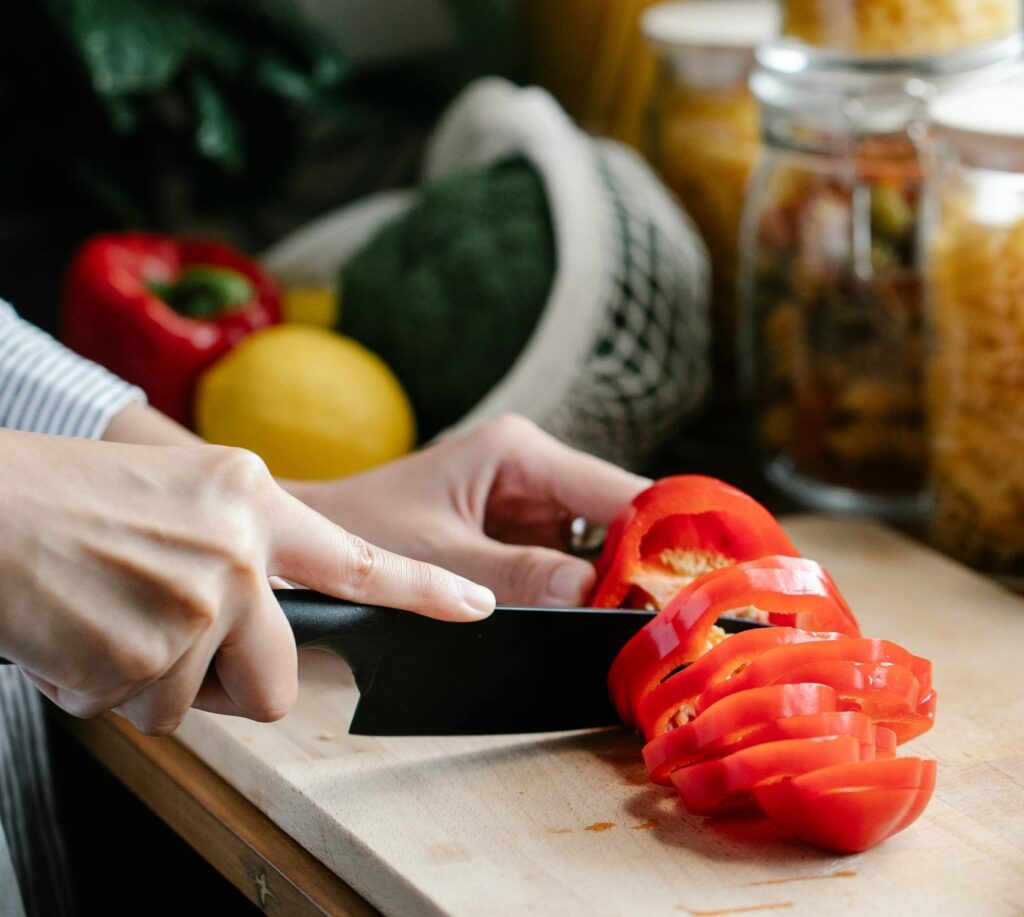


Most home cooks need 5-10 essential kitchen knives to handle their cooking tasks effectively. From chopping vegetables to slicing bread, the right knife types can transform your cooking experience and make meal prep faster and safer.
Building a solid knife collection doesn’t require buying every specialty blade on the market. Knowing which types of knives serve multiple purposes and which ones fill specific gaps in your kitchen will help you make smart purchasing decisions.

Every cook’s kitchen needs three important blades: a chef’s knife for most cutting tasks, a paring knife for detailed work, and a serrated bread knife for slicing through tough crusts. These three knives handle nearly all your kitchen cutting needs.
Your chef’s knife is the most important tool in your kitchen. A good knife measures 8 to 10 inches long, has a curved edge, and the blade rocks back and forth on your cutting board.
What you can do with a chef’s knife:
The wide blade gives you control when cutting. Use the flat side to transfer chopped food from your board to the pan. Choose a chef’s knife that feels balanced in your hand. The handle should fit comfortably without slipping.
Your paring knife handles small, detailed tasks that your chef’s knife cannot do well. This small knife gives you exact control for delicate work.
A paring knife has a blade that is 3 to 4 inches long. The short blade lets you work close to your fingers safely.
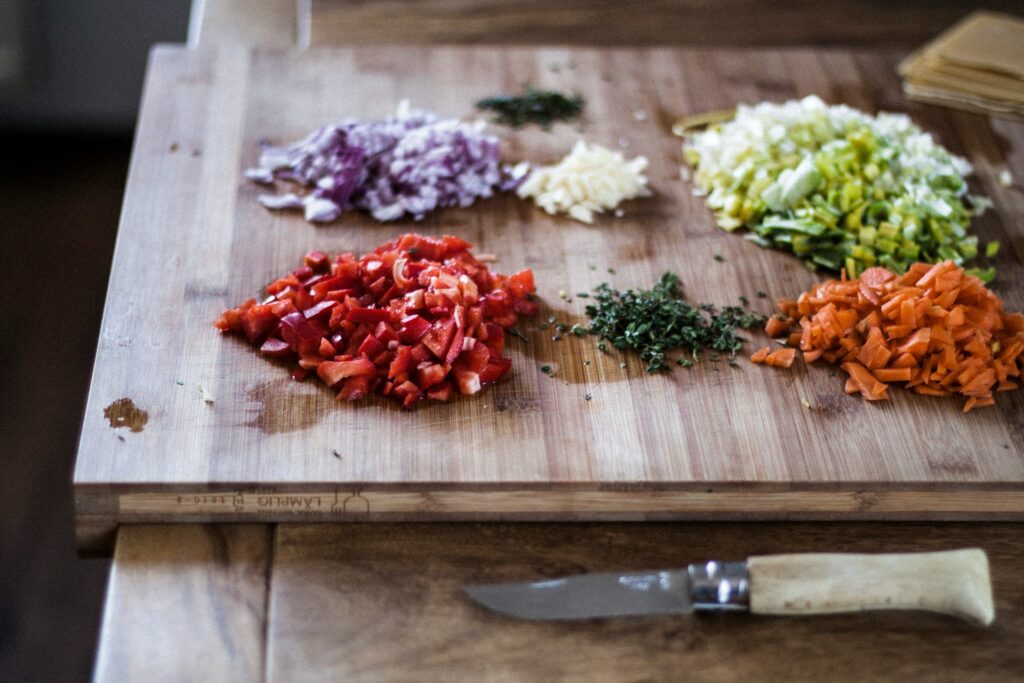
Best uses for your paring knife:
The pointed tip works perfectly for detailed tasks. Hold the food in one hand and the knife in the other for better control. Keep your paring knife sharp. A dull blade is more dangerous because it slips easily.
Your bread knife has a serrated edge that cuts through tough crusts without crushing the soft inside. The serrated bread knife works differently than your other knives.
Most bread knives are 8 to 10 inches long. The serrated edge has small teeth that grip and cut.
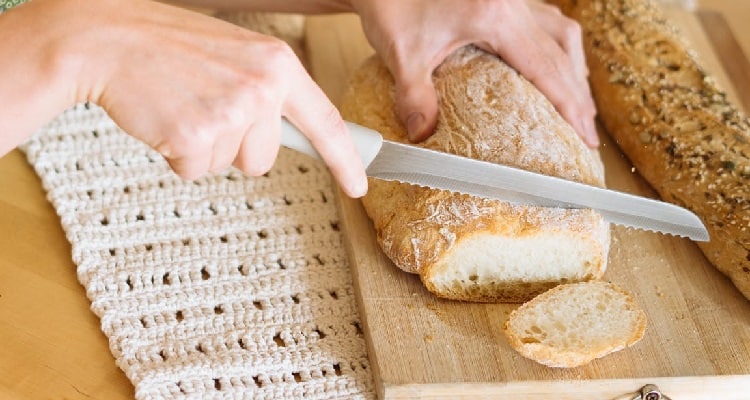
What your serrated knife cuts best:
Use a sawing motion with your bread knife. Let the serrated edge do the work instead of pressing down hard. The serrated edge stays sharp longer than straight edges. You rarely need to sharpen a serrated knife.
Specialty knives excel at particular cooking tasks that general-purpose knives struggle with. Each offers unique blade designs and features that make specific jobs faster and more precise.
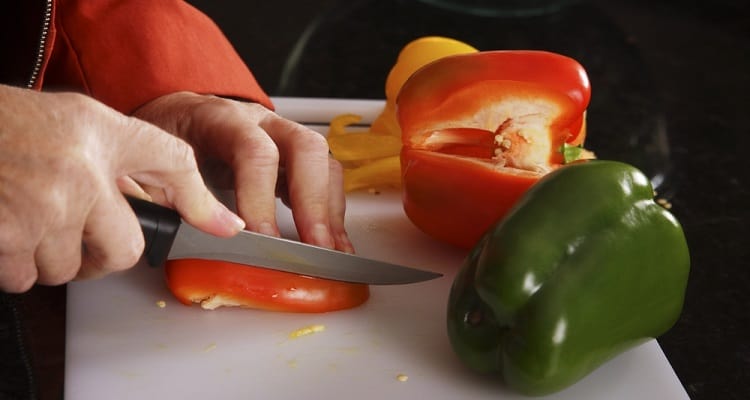
The utility knife bridges the gap between your chef’s knife and paring knife. Its 4-6 inch blade handles medium-sized tasks perfectly.
This knife is ideal for slicing sandwiches, cutting small vegetables, and trimming meat. The blade size gives you more control than a chef’s knife for detailed work.
Key Uses:
Most utility knives cost under $25 and offer excellent value. The versatile size means you’ll reach for it daily. Choose a straight edge for most tasks. A comfortable grip matters since you’ll use this knife frequently for quick jobs.
The Santoku Knife delivers precision slicing, dicing, and chopping. Its 5-7 inch blade features a flat edge and wide surface.
The name means “three virtues” in Japanese, referring to its ability to handle vegetables, fish, and meat. The blade creates thin, uniform cuts.
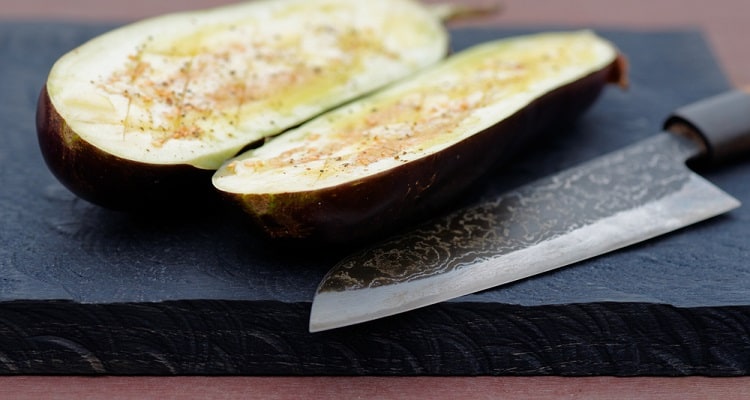
Santoku vs. Chef’s Knife:
| Feature | Santoku | Chef’s Knife |
|---|---|---|
| Blade shape | Straight edge | Curved edge |
| Best for | Precise cuts | Rocking motion |
| Origin | Japanese | European |
The Santoku excels at creating thin slices of meat and vegetables. Its design works best with an up-and-down chopping motion.
Many Santoku knives feature oval or rounded indentations on the blade indentations called grantons. They create air pockets that prevent food from sticking to the blade.
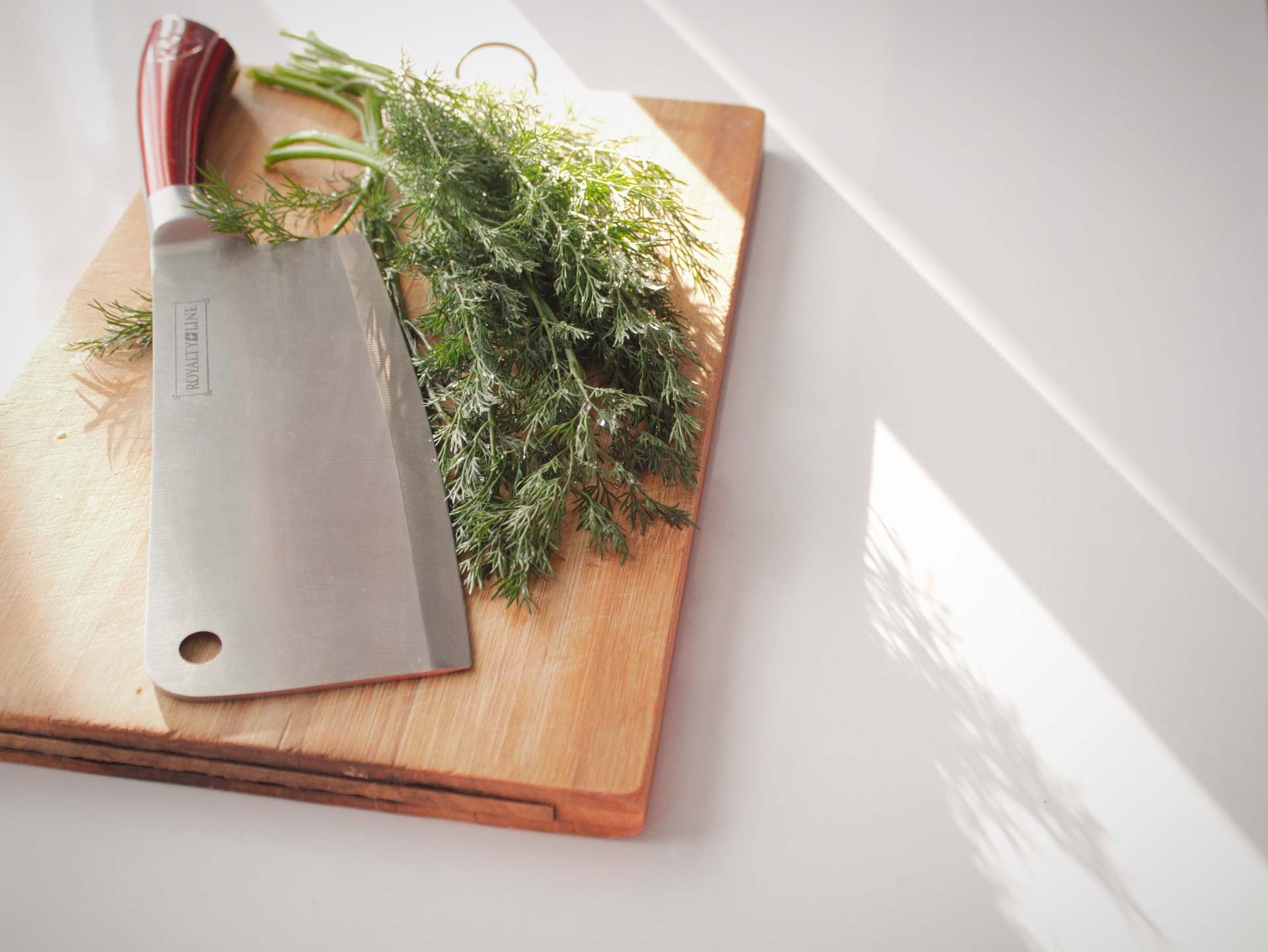
Vegetable and Chinese cleavers differ are designed for chopping harder vegetables, and boneless meat.
Meat cleavers have a heavier blade and are perfect for chopping through large chunks of meat and bone.
You need a meat cleaver only if you regularly cut through bones. The weight and blade thickness make it unsuitable for delicate tasks. The thick spine works well for crushing garlic or tenderizing meat. Store cleavers carefully since the large blade takes up significant space.
The boning knife features a narrow, sharp blade designed to separate meat from bone. Its pointed tip navigates around joints and curves precisely.
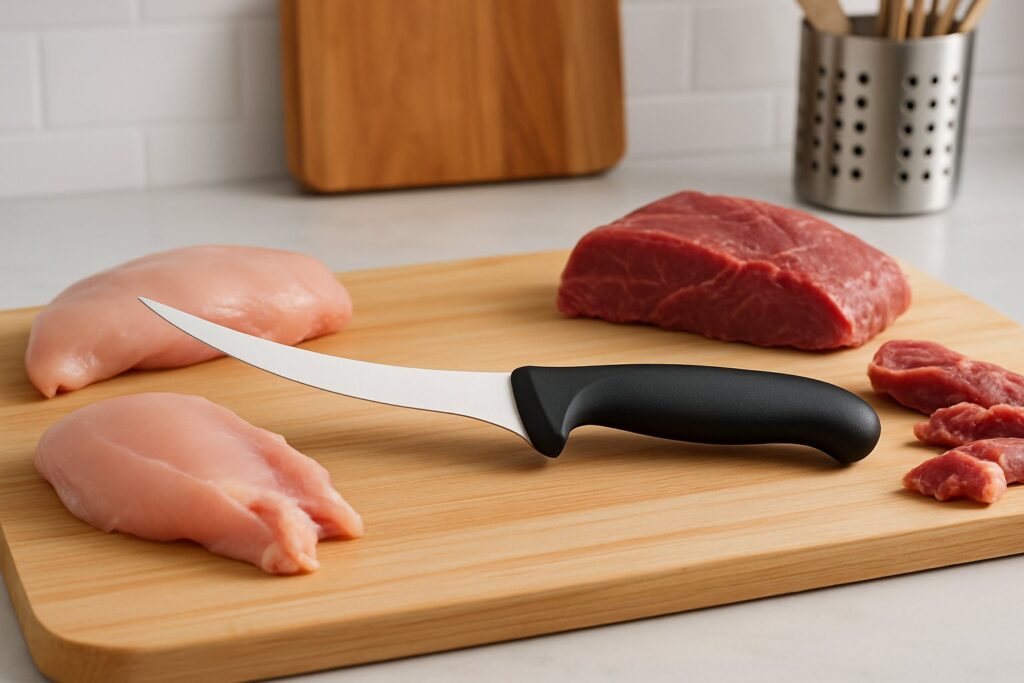
There are two main types: flexible blades for fish and poultry, stiff blades for beef and pork. The flexibility helps the blade follow bone contours.
Blade Flexibility Guide:
The 5-6 inch blade length provides excellent control during detailed work. Quality boning knives save significant time when preparing whole chickens or fish. Keep the blade extremely sharp for safety and efficiency. The narrow blade also works well for precise trimming tasks.
These specialized knives handle specific tasks that general-purpose blades can’t perform as well. A carving knife creates clean slices through large roasts, fillet knives remove bones from fish without waste, and steak knives cut cooked meat at the table without tearing.
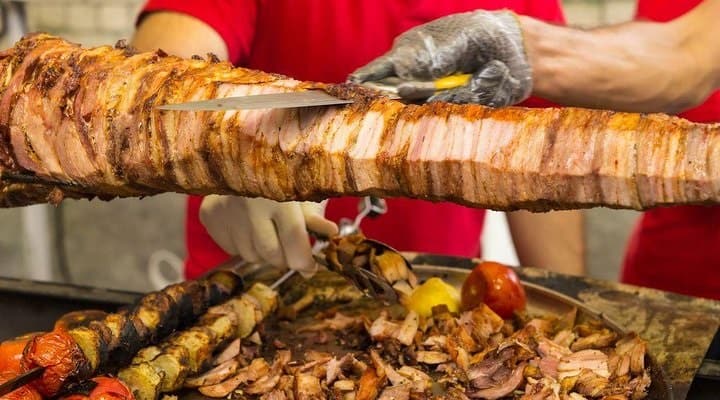
A carving knife features a long, narrow blade that slices through large cuts of meat with precision. The blade typically measures 8 to 12 inches long and stays thin throughout its length. This design lets you make smooth, even cuts through roasts, turkey, and ham. The narrow profile reduces drag as you slice, keeping the meat intact.
Carving knives differ from slicing knives in their pointed tip design. The sharp point helps you navigate around bones and cartilage when carving poultry or roasts.
Key features to look for:
You’ll reach for this knife during holidays and dinner parties. It creates professional-looking slices that hold together on the plate instead of falling apart.
Filleting knives have thin, flexible blades that bend to follow the natural curves of fish bones. The blade flexibility lets you remove maximum meat while leaving bones behind.
These knives work best on fresh fish, cooked fish, and delicate proteins. The sharp, narrow blade slides between skin and flesh easily.
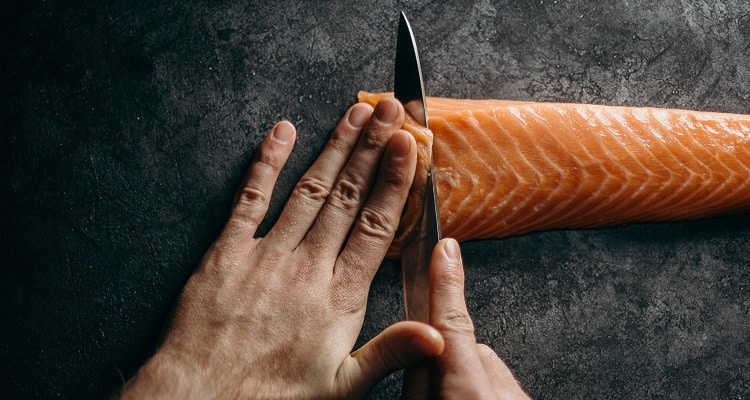
Blade characteristics:
The flexible blade bends as you work around ribs and backbone. This prevents you from cutting through small bones that could end up in the final dish.
Fillet knives also help with store-bought whole fish and work well for removing skin from chicken breasts or trimming fat from meat.
Steak knives cut through cooked meat at the dining table without crushing or tearing the fibers. They bridge the gap between kitchen prep and table service.

Two main edge types:
Serrated edges stay sharp longer but can shred delicate cuts. Straight edges make cleaner cuts but need regular sharpening.
Quality steak knives should feel balanced in your hand. The blade needs enough weight to cut through meat without requiring excessive pressure.
Good steak knives include a:
A set of 4-6 steak knives handles most dinner parties. Choose knives that match your dining style and maintenance preferences.
Sharp knives cut better and stay safer than dull ones. Proper storage protects your blades from damage and keeps them organized. Proper maintenance keeps knives sharp and rust-free for years of reliable use.
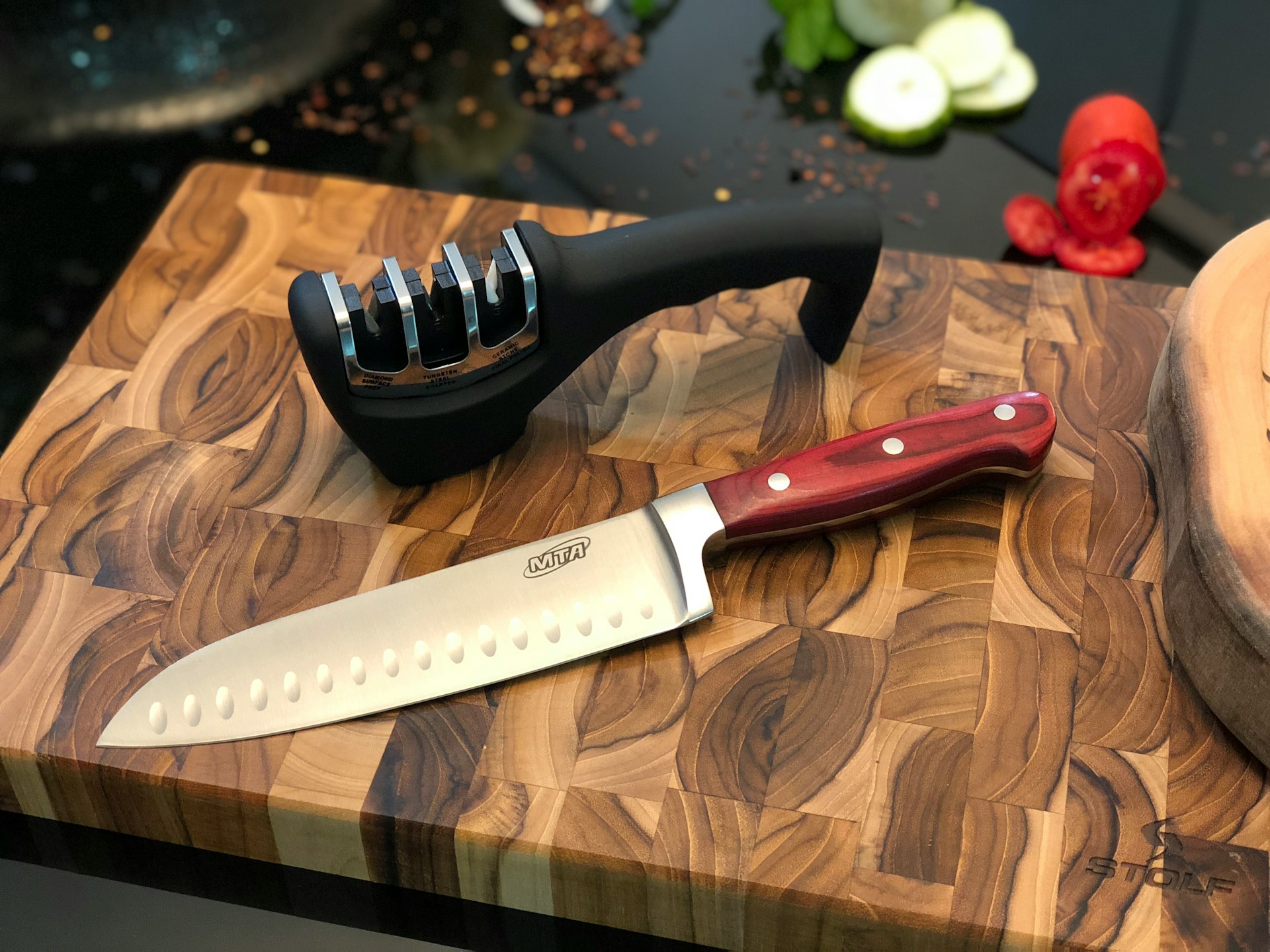
Sharpen your knife blade regularly to keep it effective. A dull knife requires more pressure and can slip easily.
Whetstones work best for sharpening. Use a 1000-grit stone for regular maintenance and 400-grit for very dull blades. Hold your knife at a 20-degree angle against the stone. Draw the entire blade across the stone from heel to tip. Repeat 10-15 times on each side.
A knife sharpener with slots works for quick touch-ups. Electric sharpeners remove more metal but work faster than manual options.
Honing steel straightens your blade between sharpenings. It does not actually sharpen but keeps the edge aligned. Test sharpness by slicing paper. A sharp knife cuts cleanly without tearing.
Knife storage is essential. Never store knives loose in drawers where blades can get damaged or cause cuts.
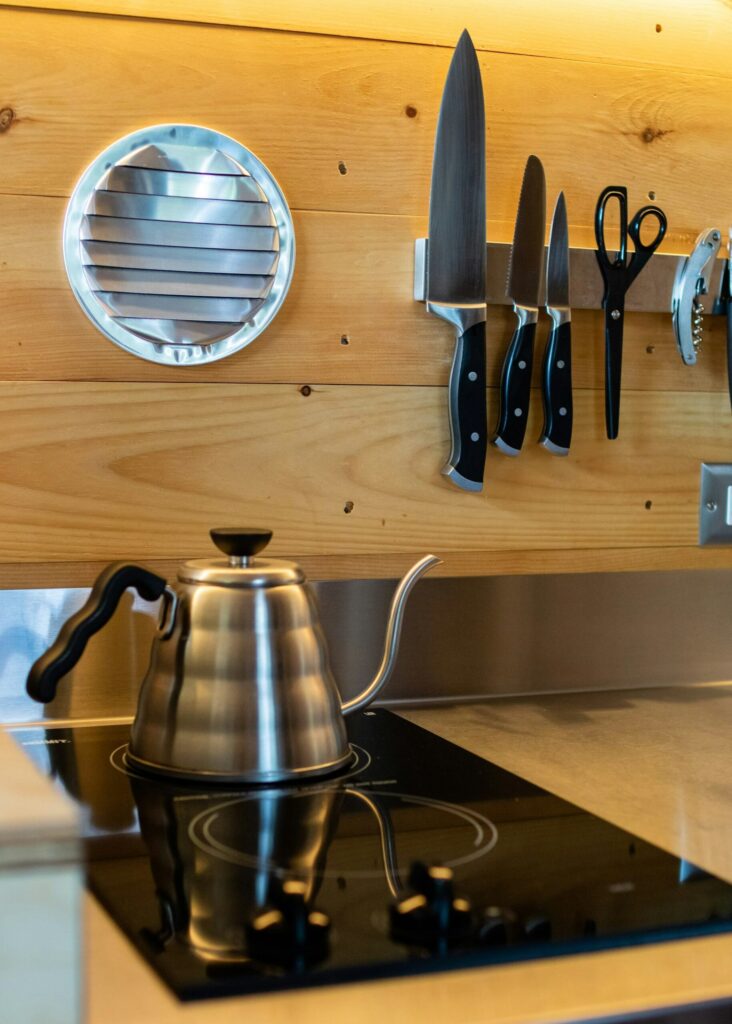
A magnetic knife holder mounted on your wall keeps blades visible and easily accessible. The magnets hold knives securely without dulling the edges.
Knife blocks protect blade edges inside wooden slots. Make sure the block has enough slots for your collection.
In-drawer inserts with individual slots work well for smaller kitchens. Each kitchen knife fits in its own protective space.
Blade guards made of plastic or cardboard slip over individual knives. These work well for storing knives in drawers safely.
Clean and dry your knives completely before storage. Moisture causes rust and damage over time.
Home cooks often wonder which knives they truly need and how different blade types serve specific purposes. Proper knife care and understanding specialized options can make cooking more efficient and enjoyable.
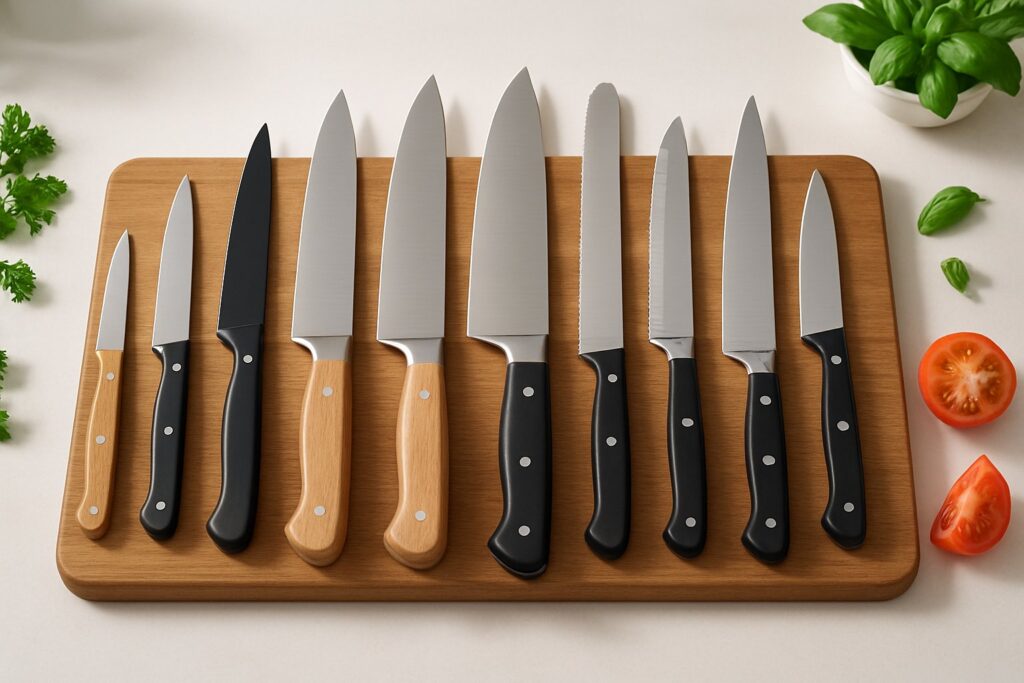
Every kitchen needs a chef’s knife and a small utility knife as the absolute basics. These two knives handle most cutting tasks you’ll encounter.
Beyond these essentials, a paring knife gives you precision for small tasks. A serrated bread knife cuts through crusty loaves without crushing them.
The five most common knife types found in Western kitchens include chef’s knives, bread knives, paring knives, utility knives, and carving knives. This combination covers chopping, slicing, detailed work, and carving tasks.
A Santoku knife has a shorter, wider blade than a traditional chef’s knife. The blade typically measures 5 to 7 inches compared to the 8 to 10 inches of most chef’s knives.
The Santoku features a flatter edge profile and a more pronounced curve near the tip. This design excels at chopping, dicing, and mincing vegetables.
Chef’s knives have a longer, curved blade that rocks naturally on the cutting board. This rocking motion works well for continuous chopping and general prep work.
A paring knife handles detailed work that requires precision and control. You’ll use it for peeling fruits and vegetables, removing seeds, and trimming fat from meat.
The small 3 to 4-inch blade gives you excellent control for intricate tasks. You can hull strawberries, core apples, and remove blemishes from produce.
Paring knives also work well for cutting small items like garlic cloves or shallots. The compact size lets you work directly over a bowl or cutting board.

A boning knife helps you separate meat from bones with its thin, flexible blade. You’ll find this useful when working with whole chickens or fish.
A fillet knife offers even more flexibility for removing fish skin and bones. The blade bends to follow the natural curves of the fish.
Cleaver knives handle heavy-duty tasks like chopping through bones and joints. They also work well for crushing garlic and transferring chopped ingredients.
A utility knife fills the gap between a paring knife and chef’s knife. This mid-sized option works well for cutting sandwiches and medium-sized fruits.
A carving knife features a long, thin blade perfect for slicing roasts and turkey. The narrow profile creates clean, even slices without tearing the meat.
Boning knives excel at separating meat from bones in poultry, fish, and cuts of beef or pork. The pointed tip navigates around joints and bones easily.
A butcher knife or cleaver handles heavy work like splitting joints and chopping through thick bones. These knives have thick, heavy blades that deliver powerful cuts.
Steak knives serve meat at the table with sharp, serrated edges. Good steak knives cut cleanly through cooked meat without requiring sawing motions.
Wash your knives by hand right after use with warm, soapy water. Do not put quality knives in the dishwasher, as heat and harsh detergents damage the blade and handle.
Dry knives completely before storing to prevent rust. Store them in a knife block, on a magnetic strip, or with blade guards to protect the edges.
A good kitchen knife should have a sharp edge that resists dulling. Regular sharpening keeps knives safe and easy to use, as sharp blades require less pressure and offer better control.
Use a honing steel before each use to realign the blade. Have your knives professionally sharpened every few months to keep them in top condition.
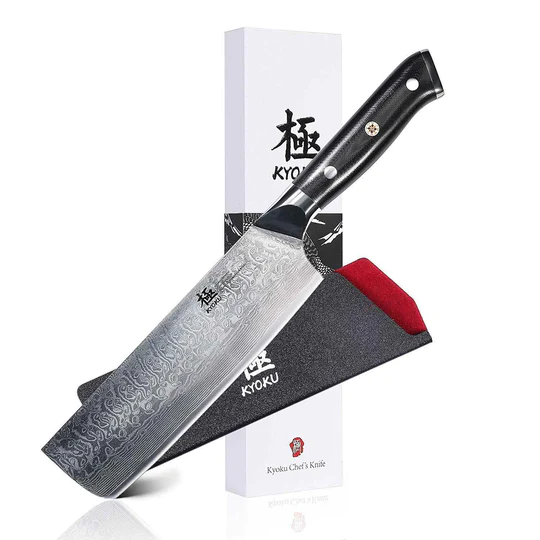
Knife Buzz offers independent product reviews on a wide range of knives used in the kitchen, home, and outdoors. We make it easy for you to find the right knife at the best price.